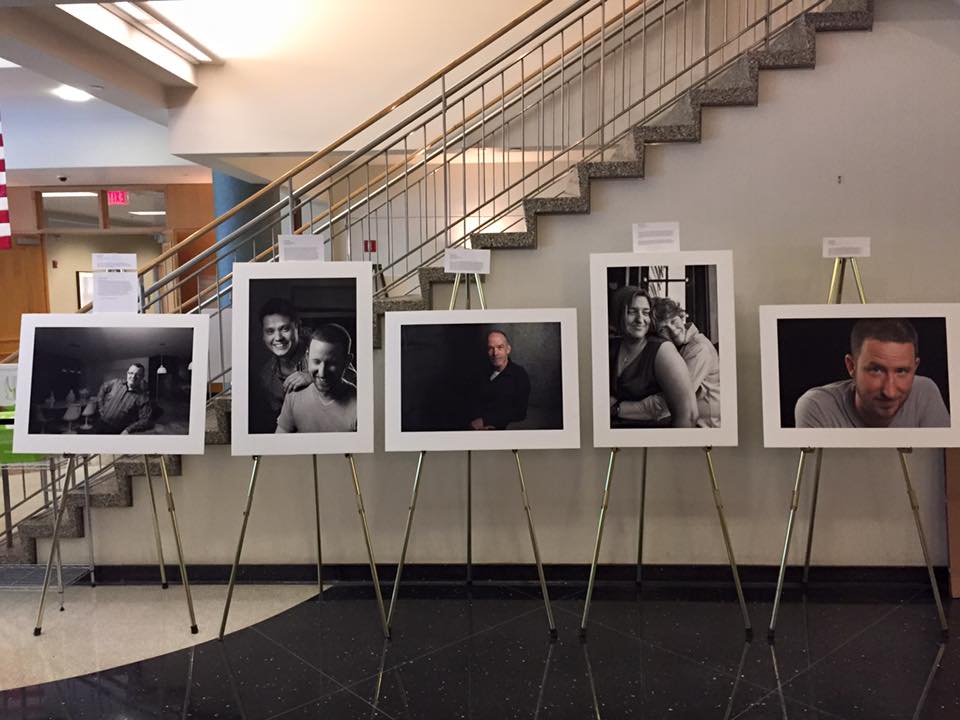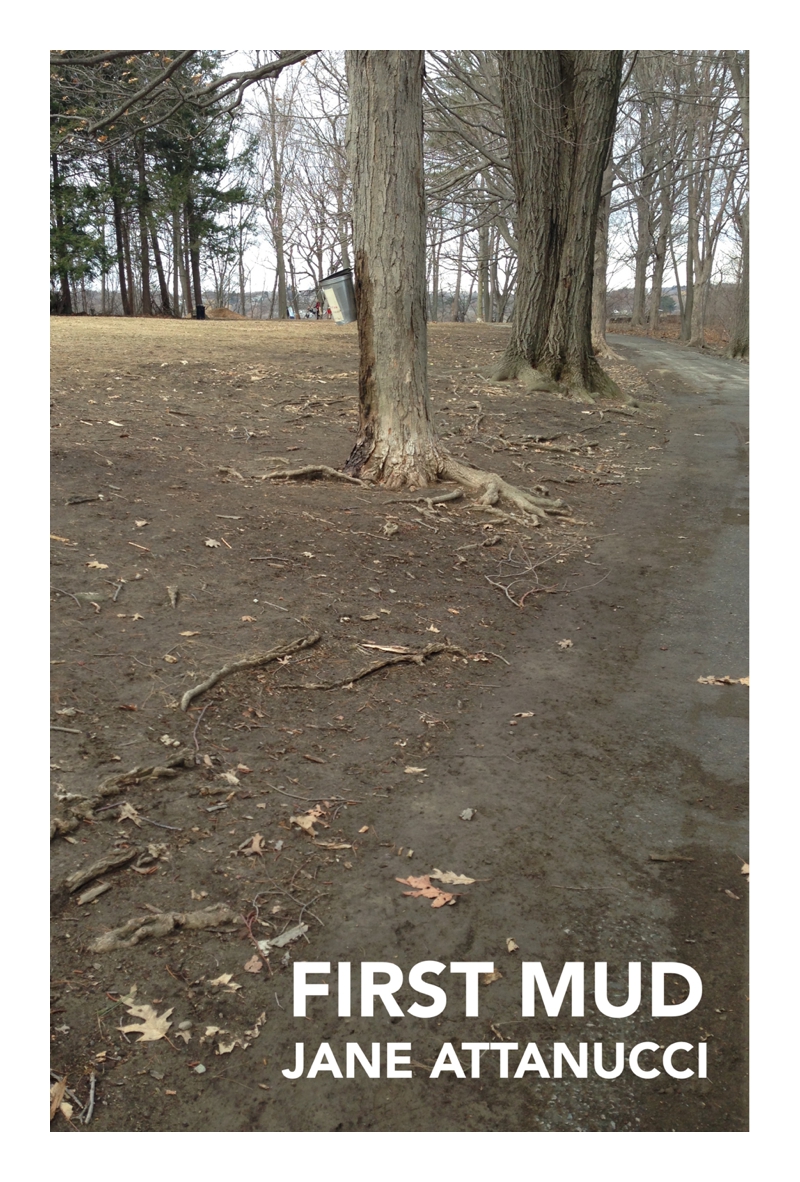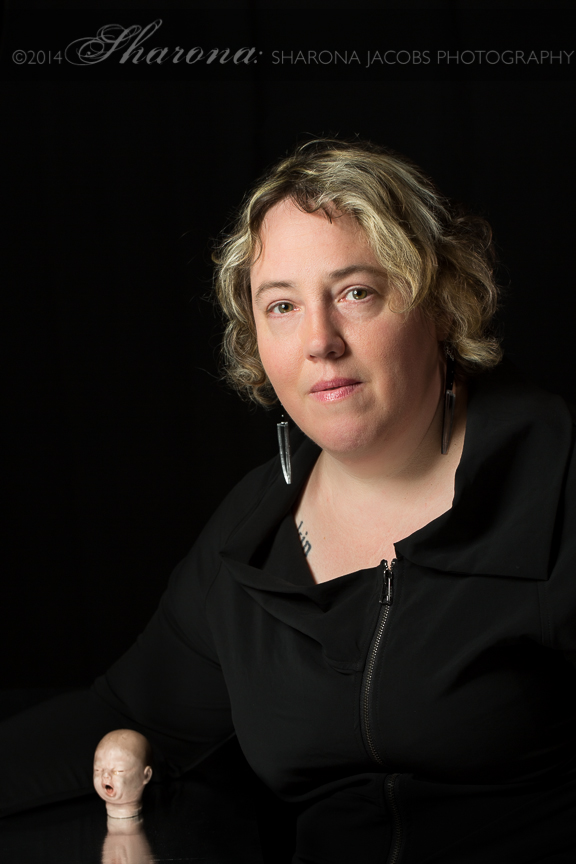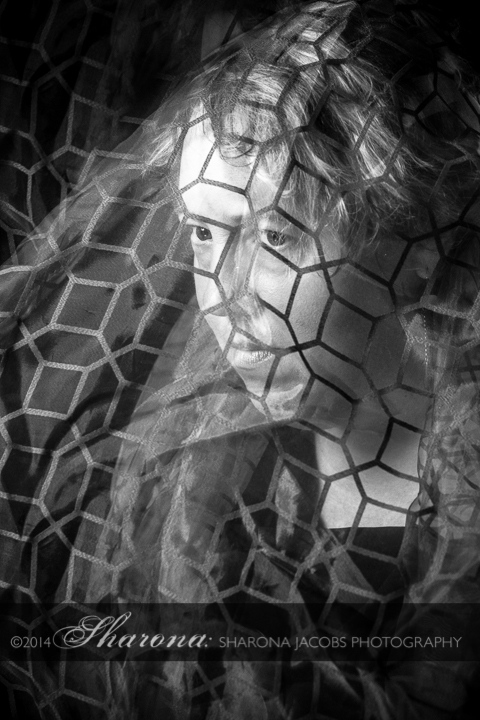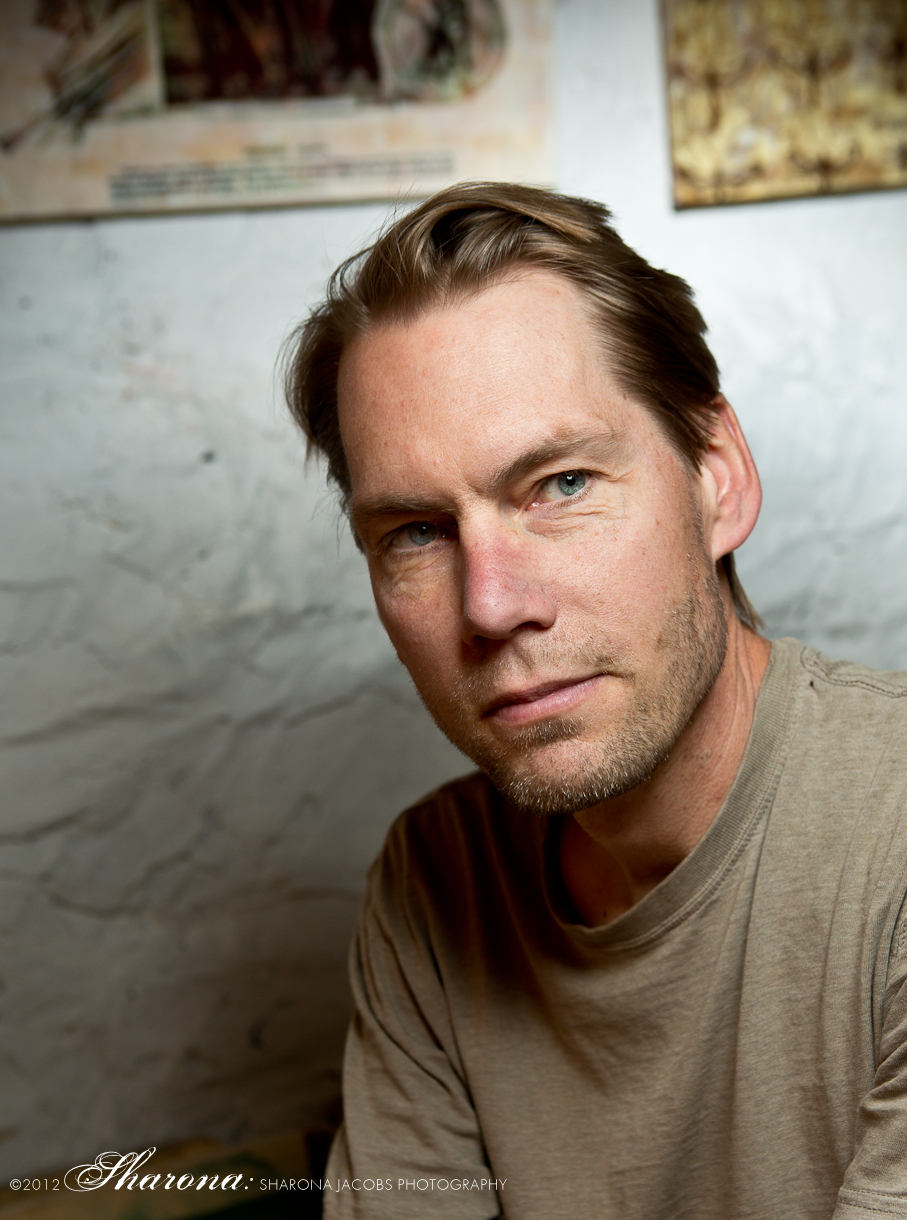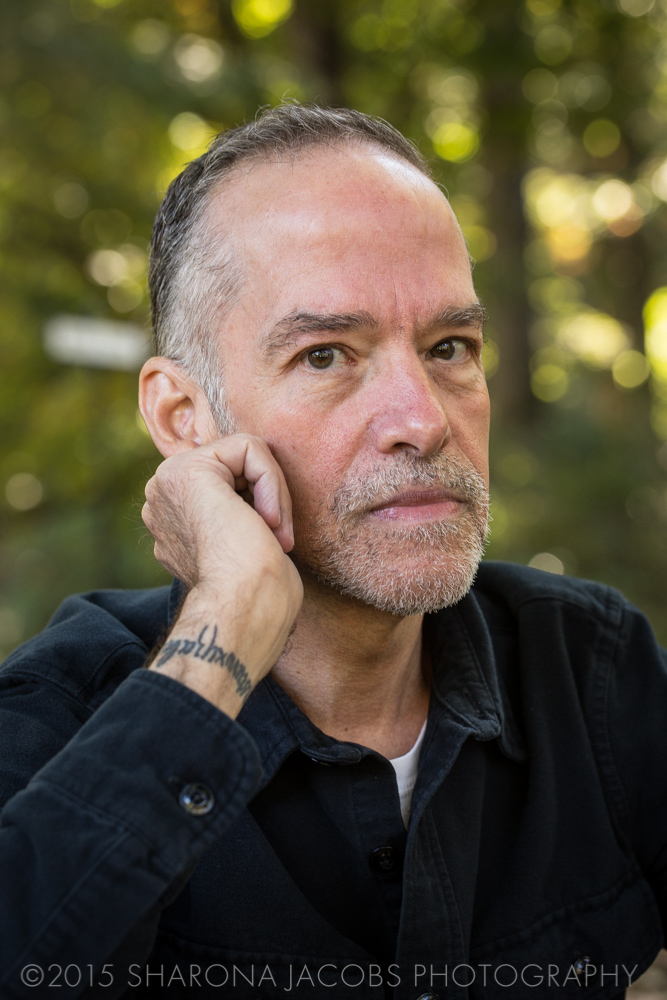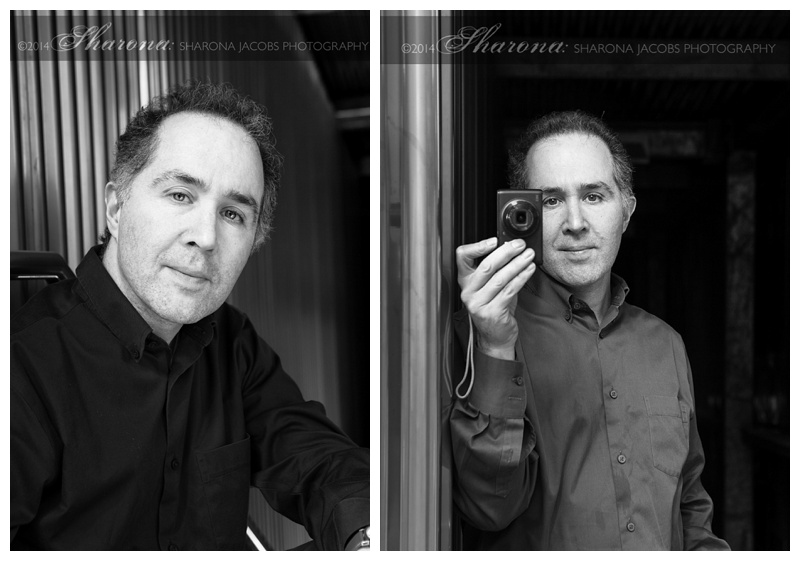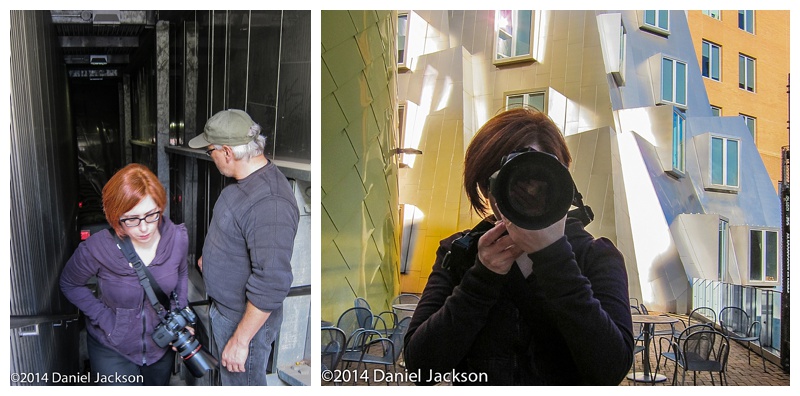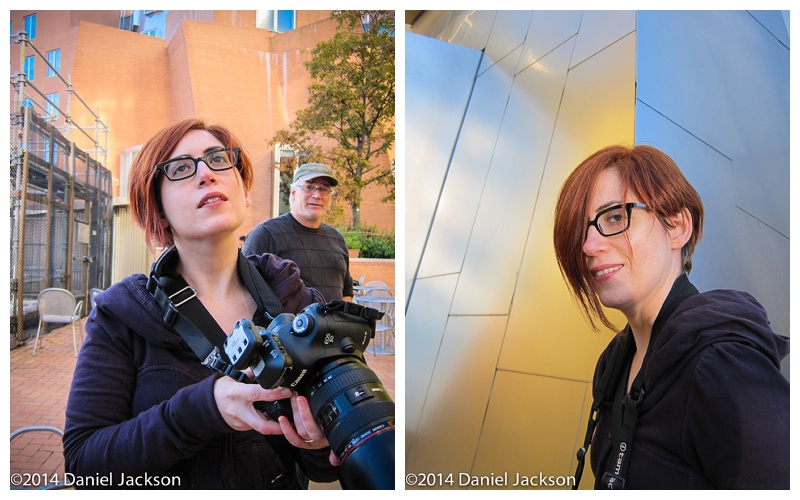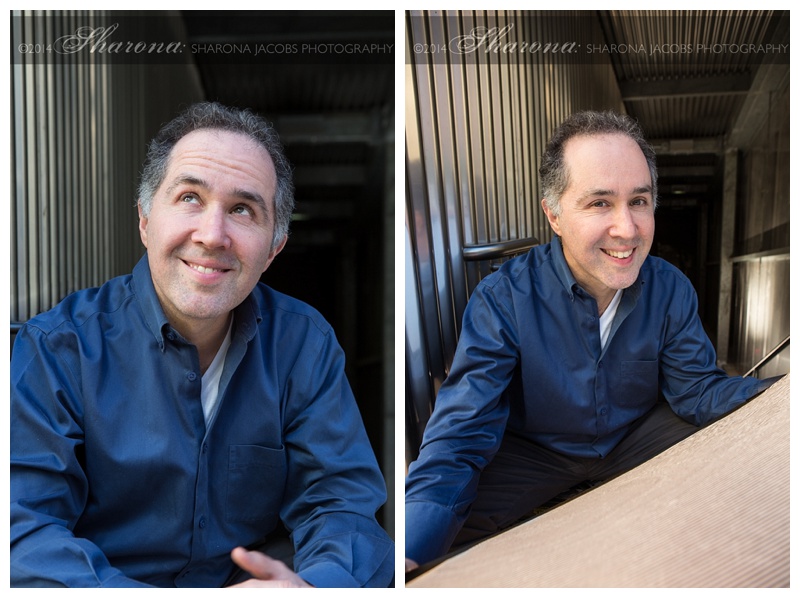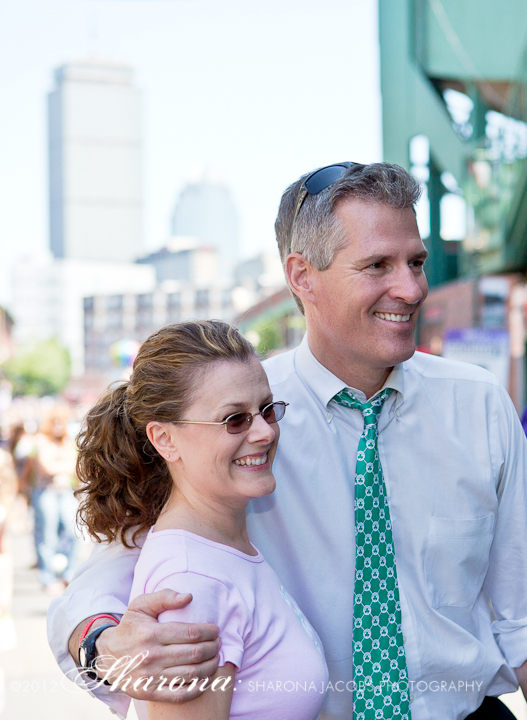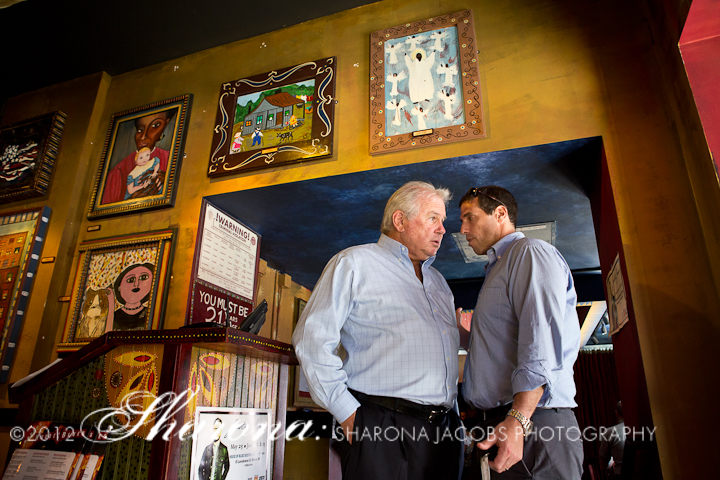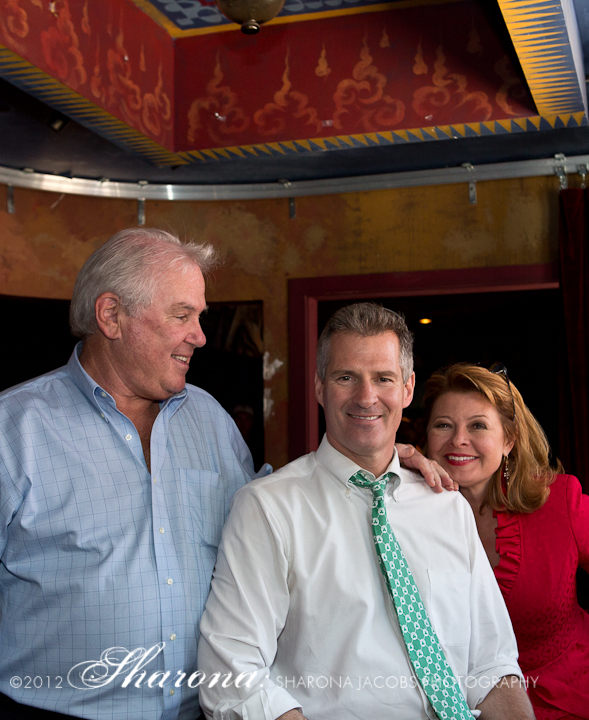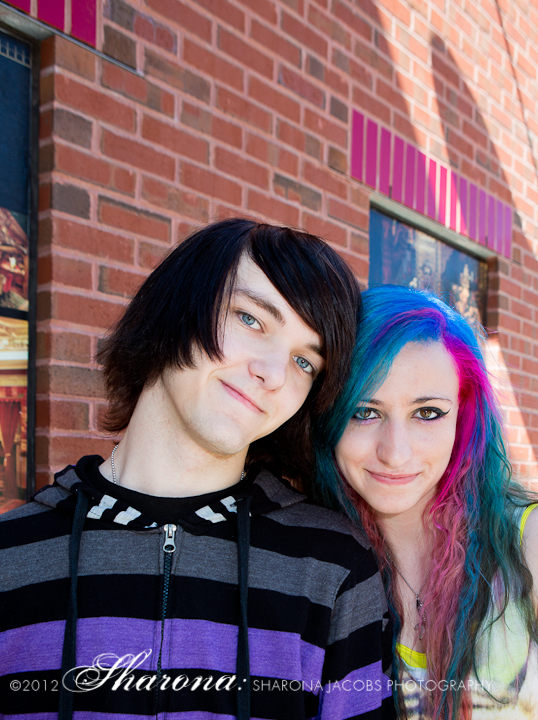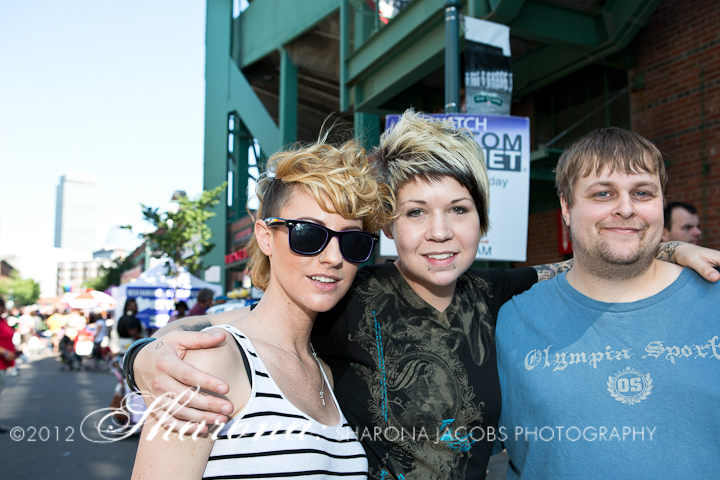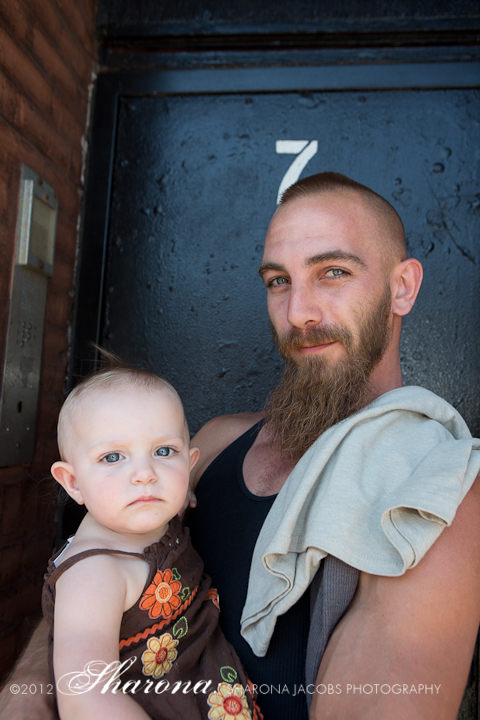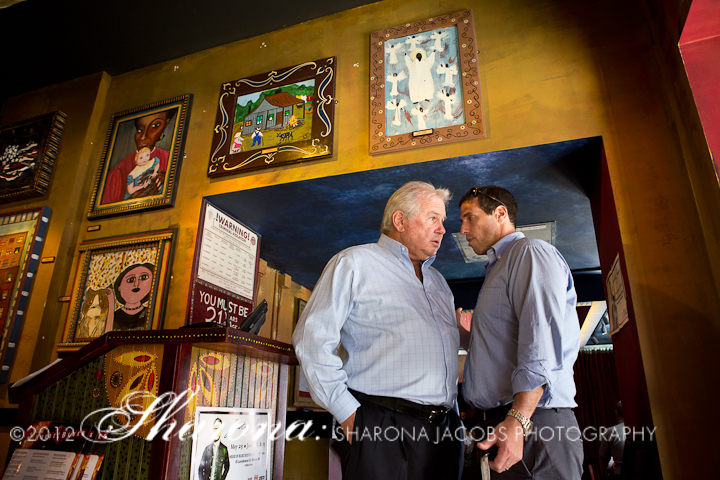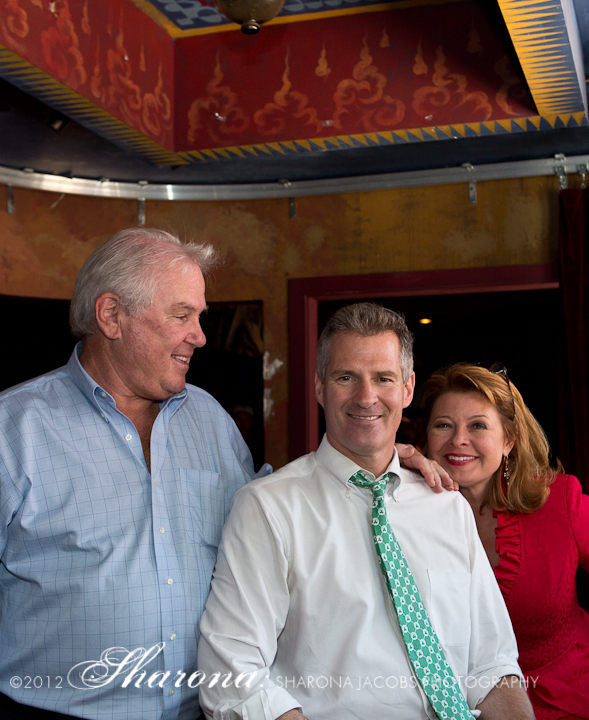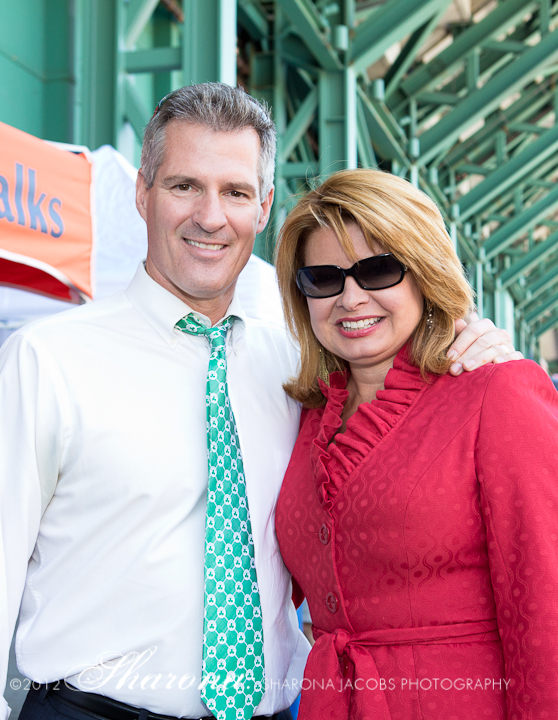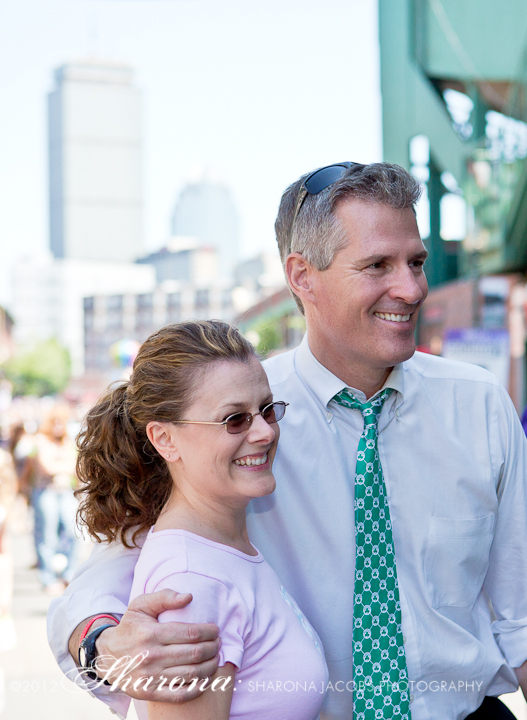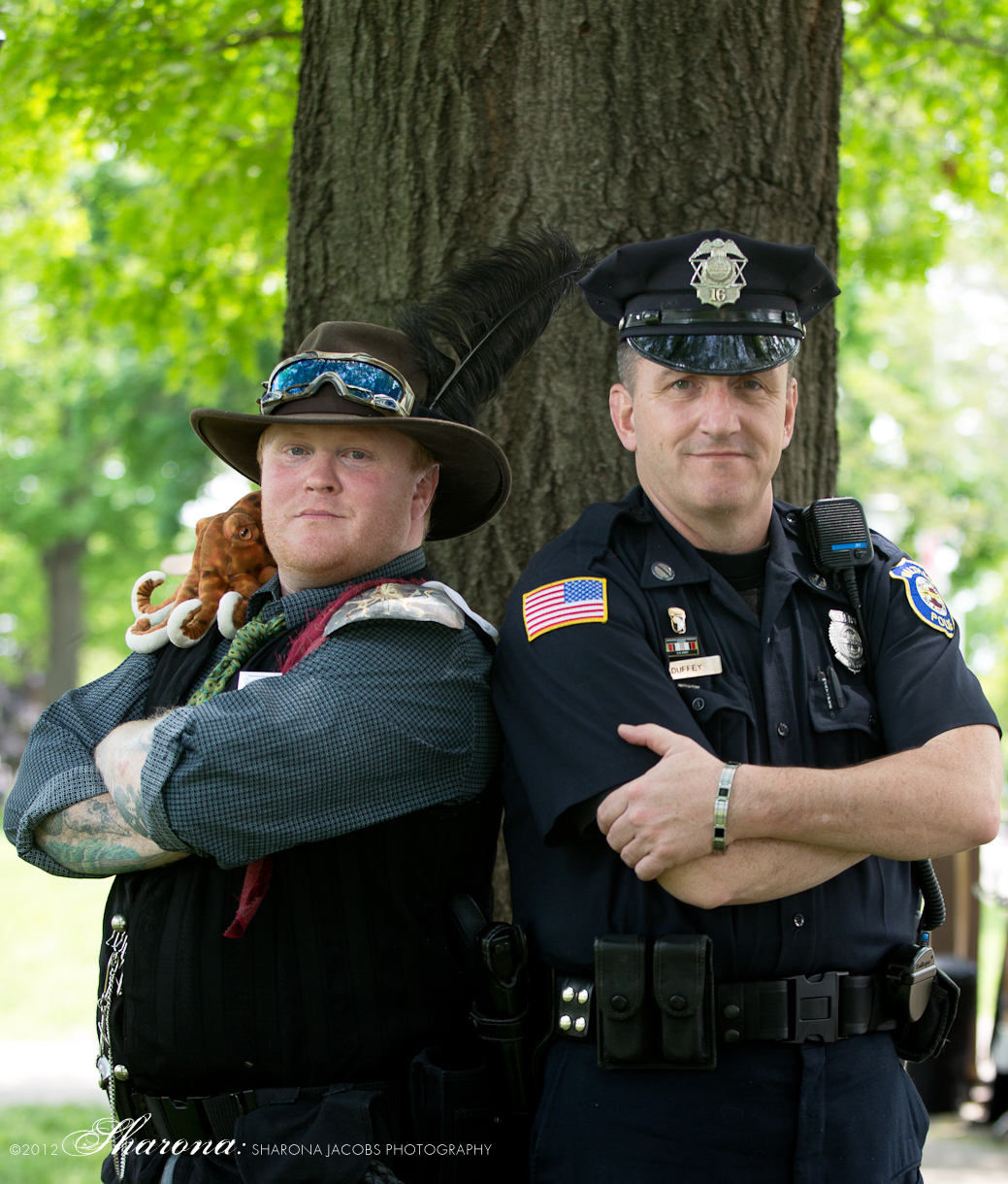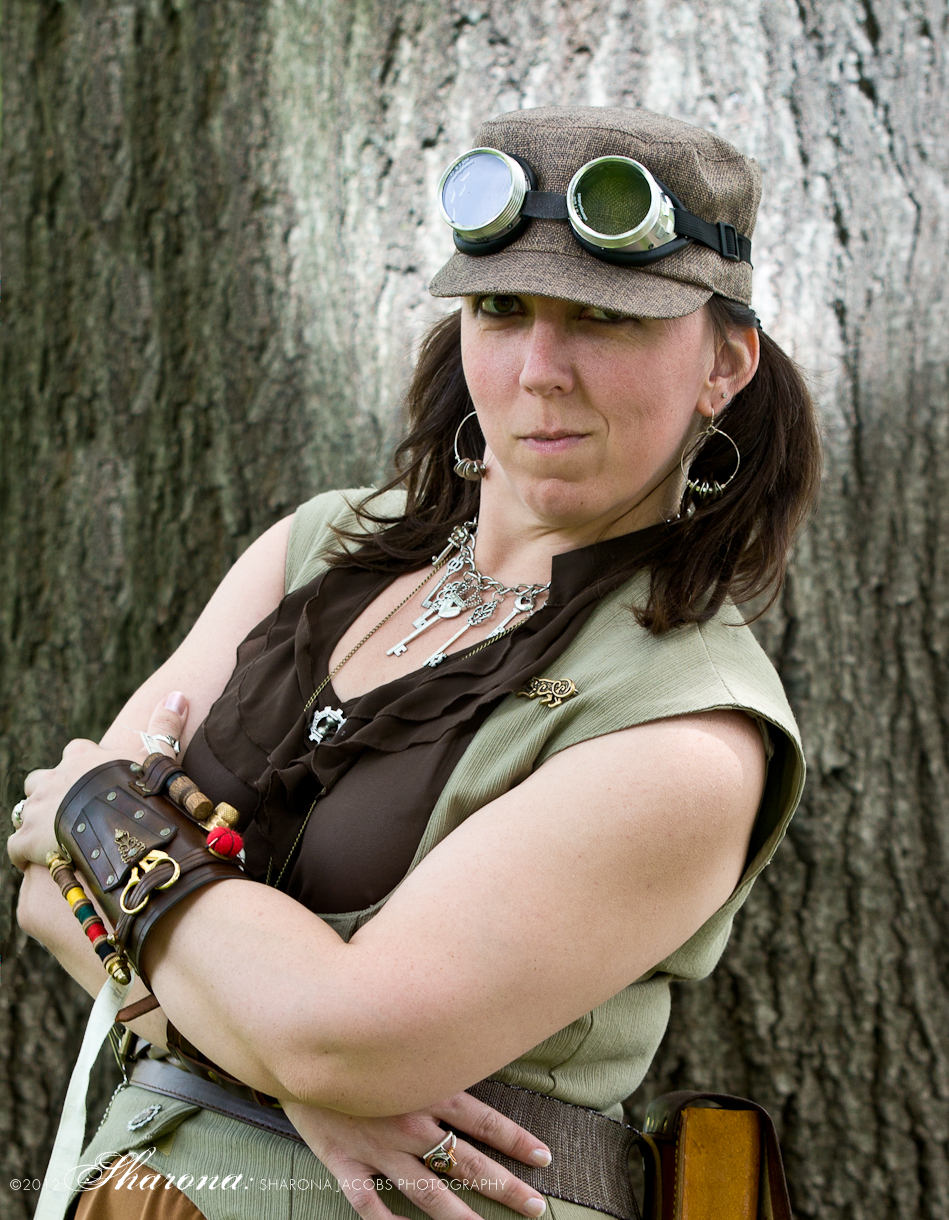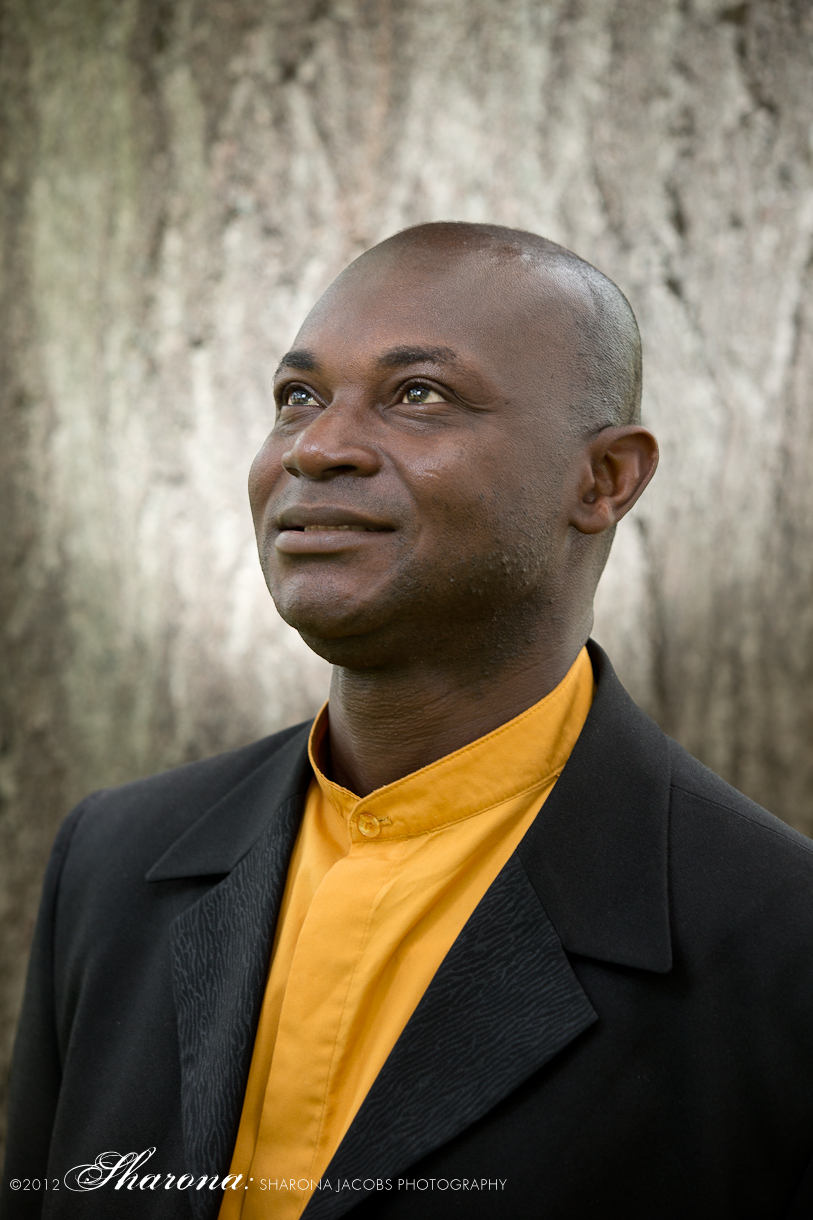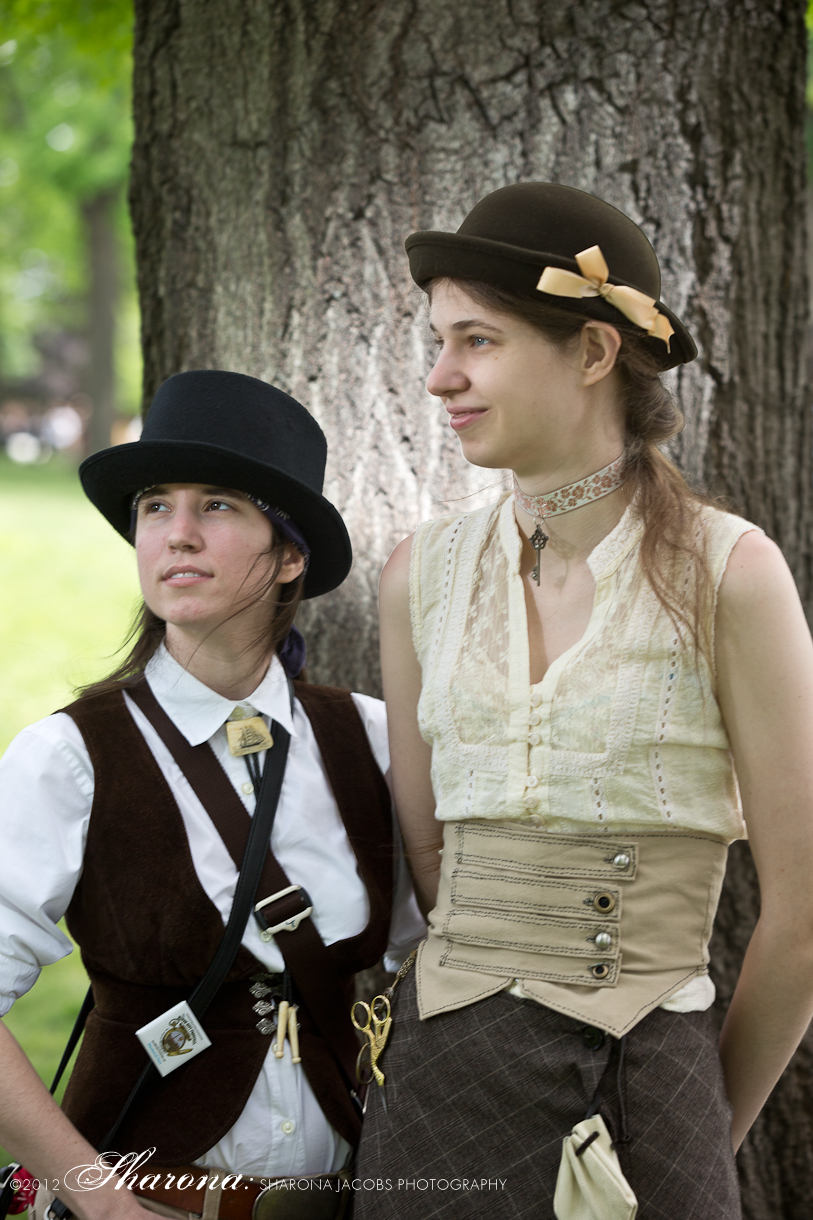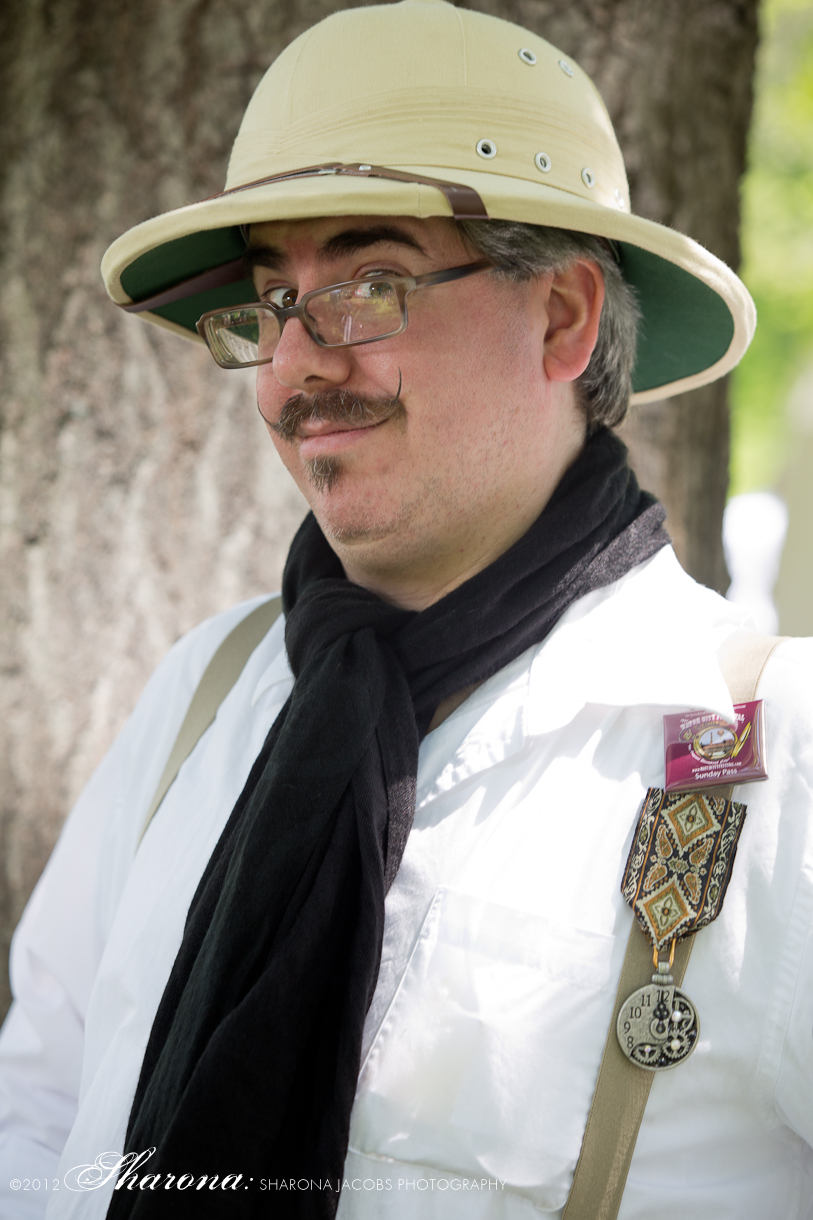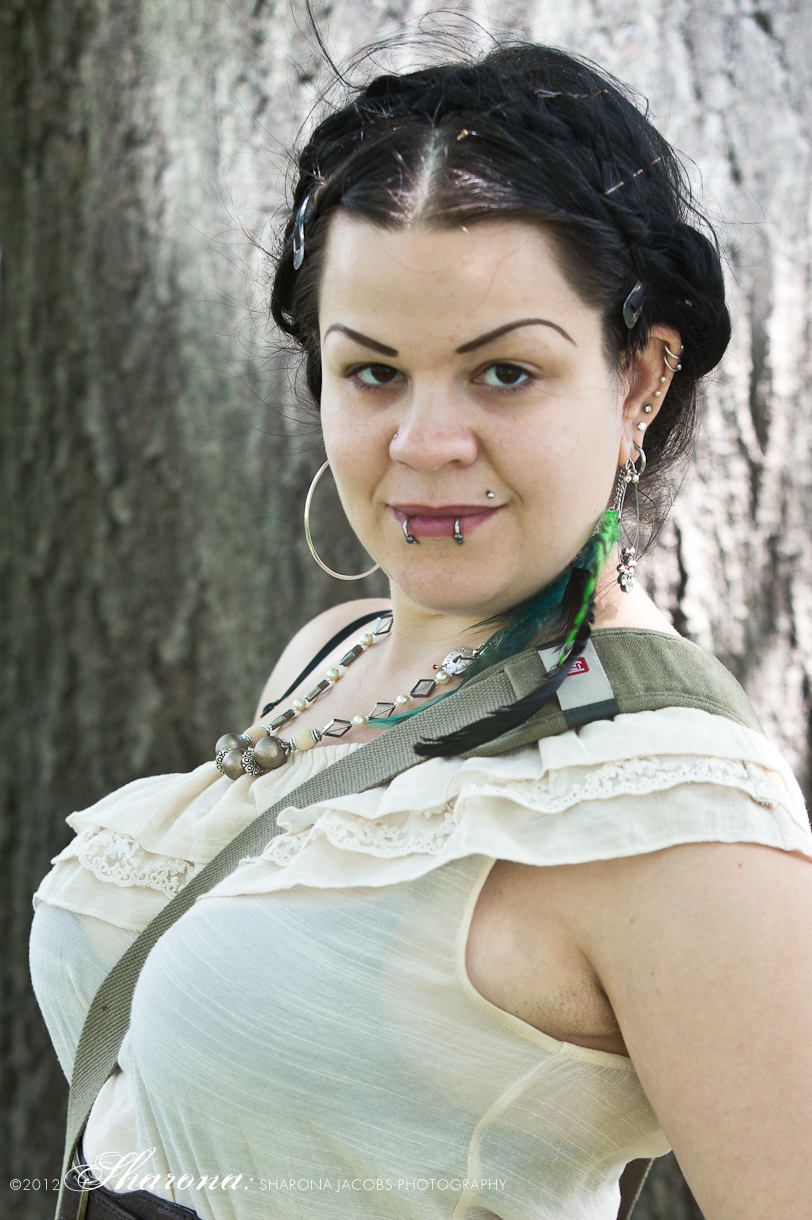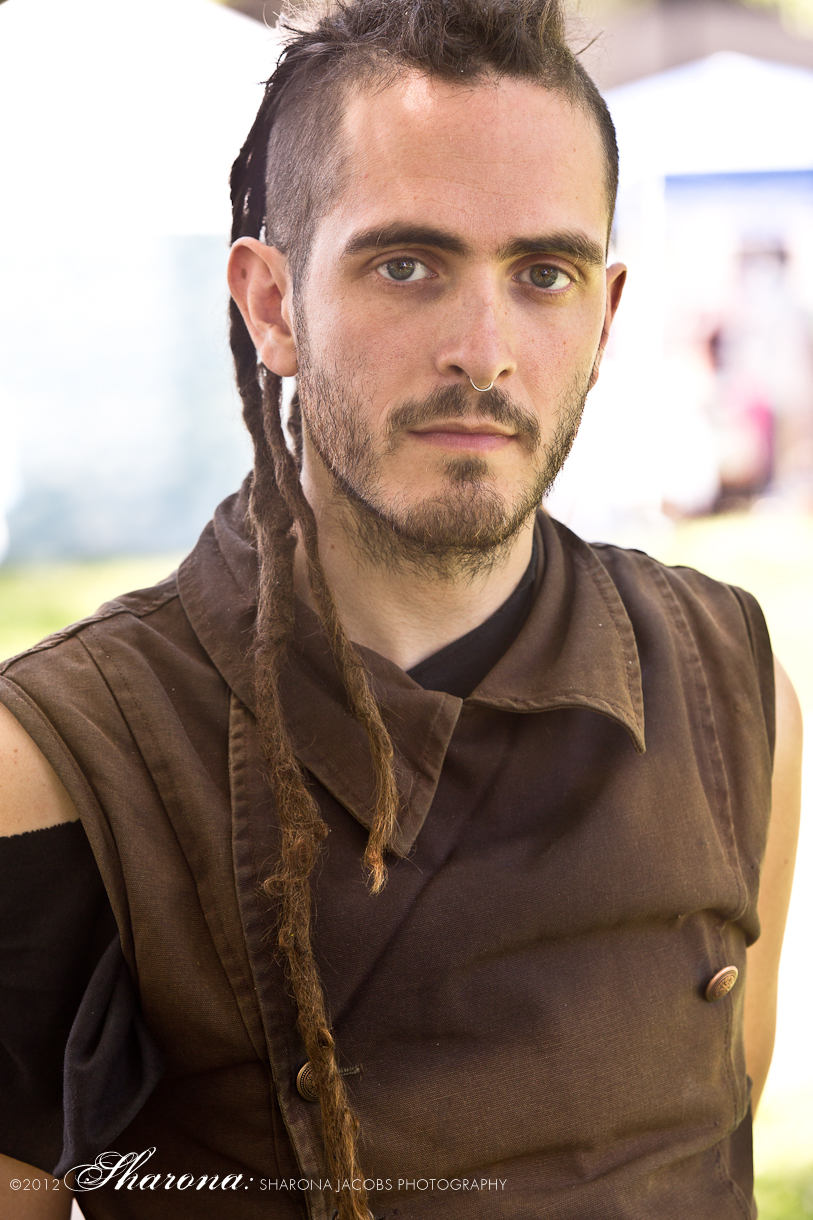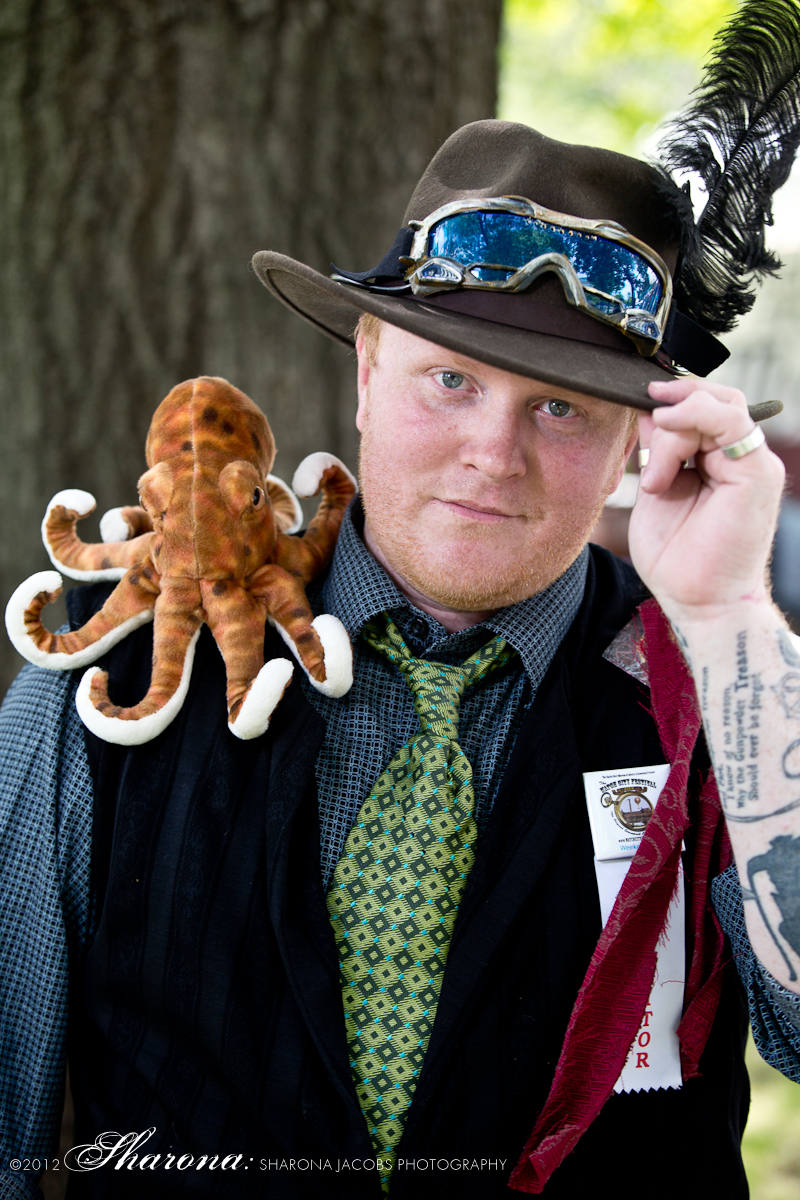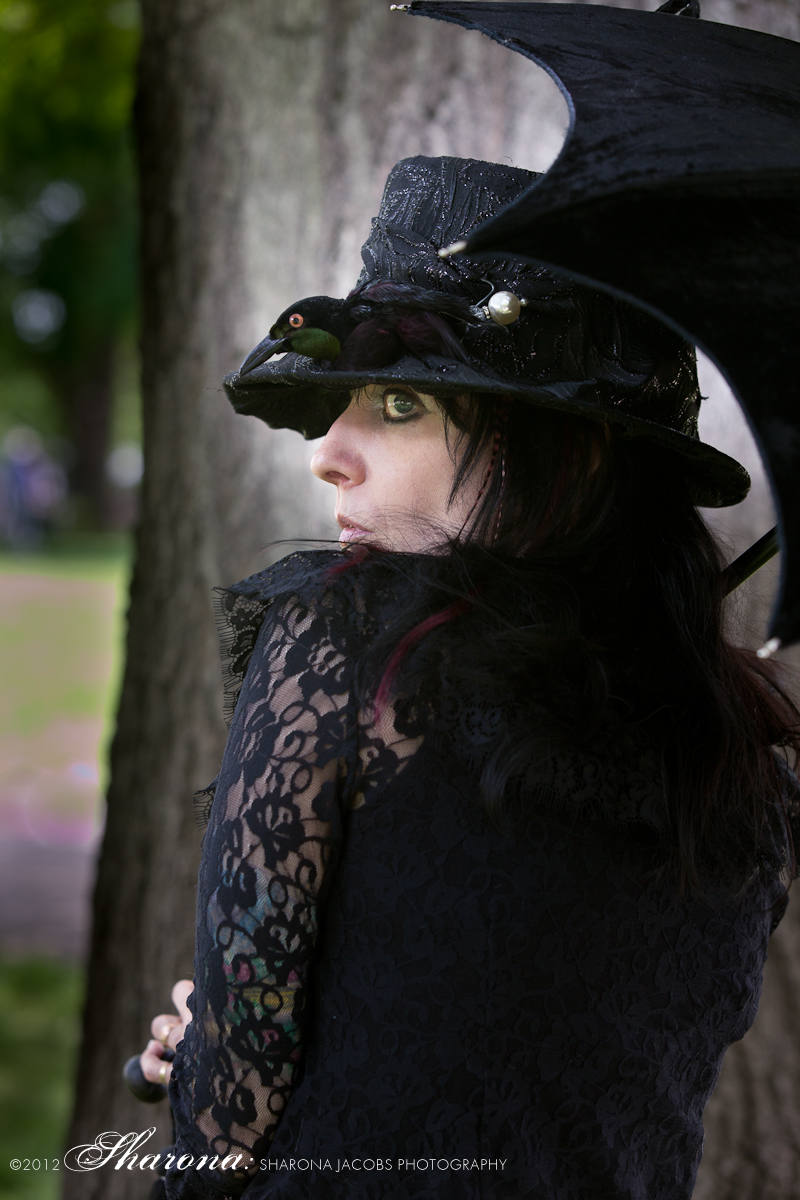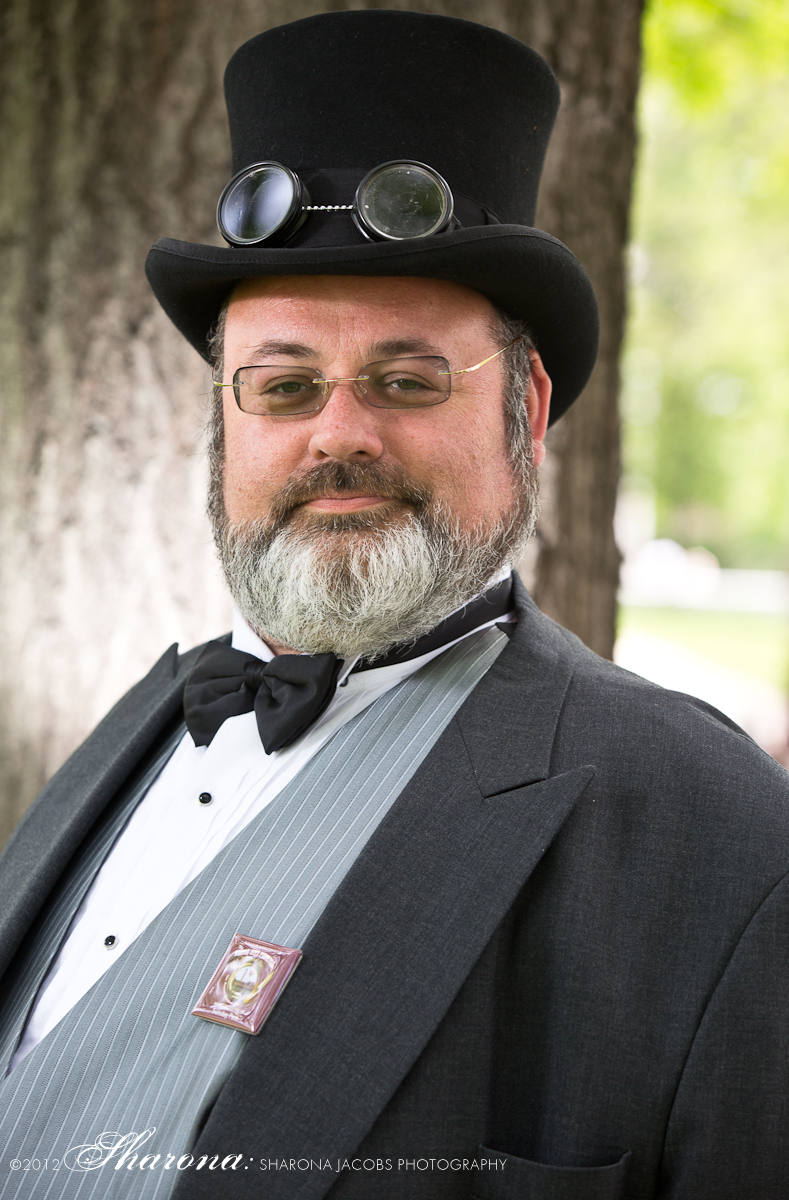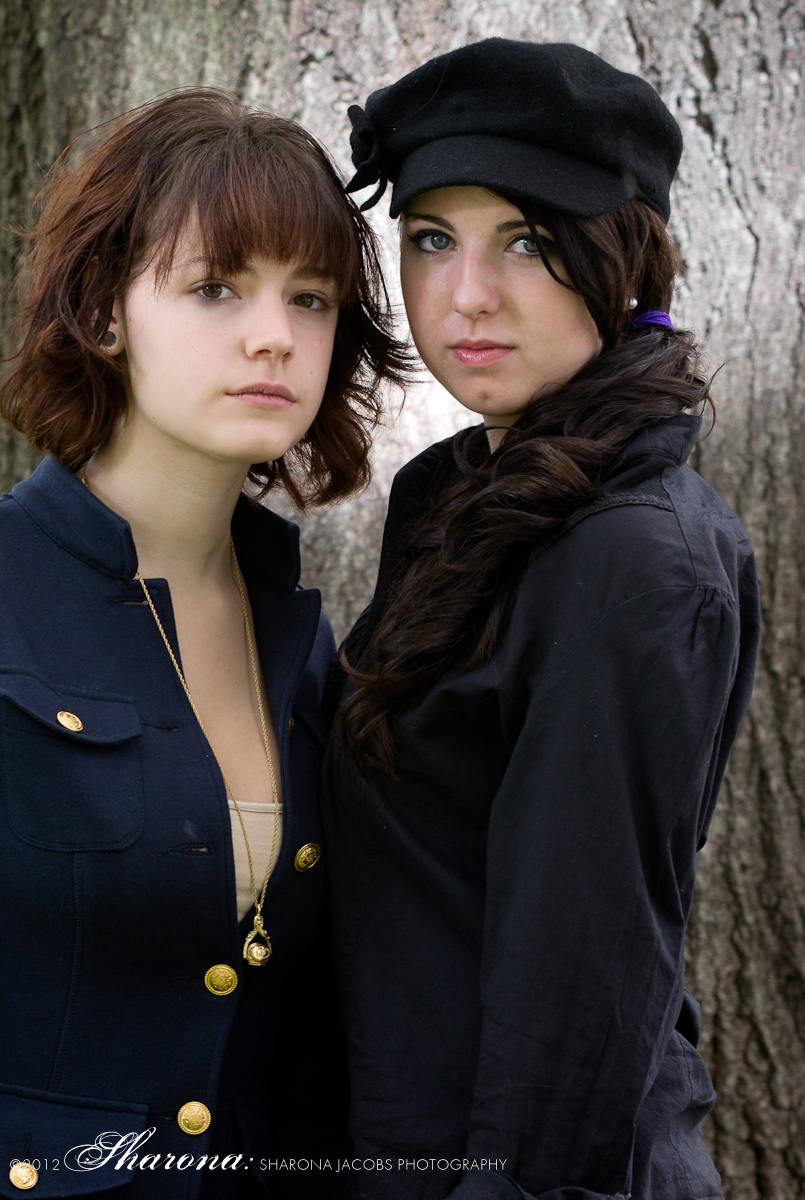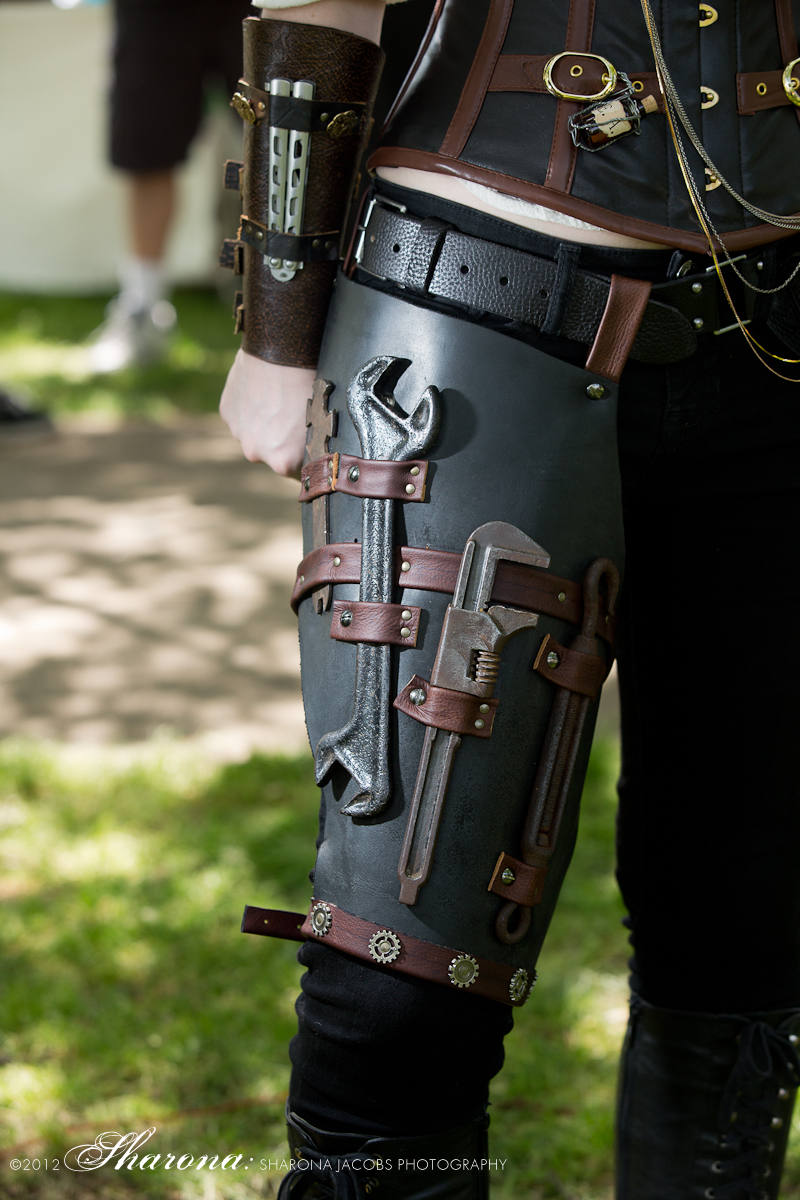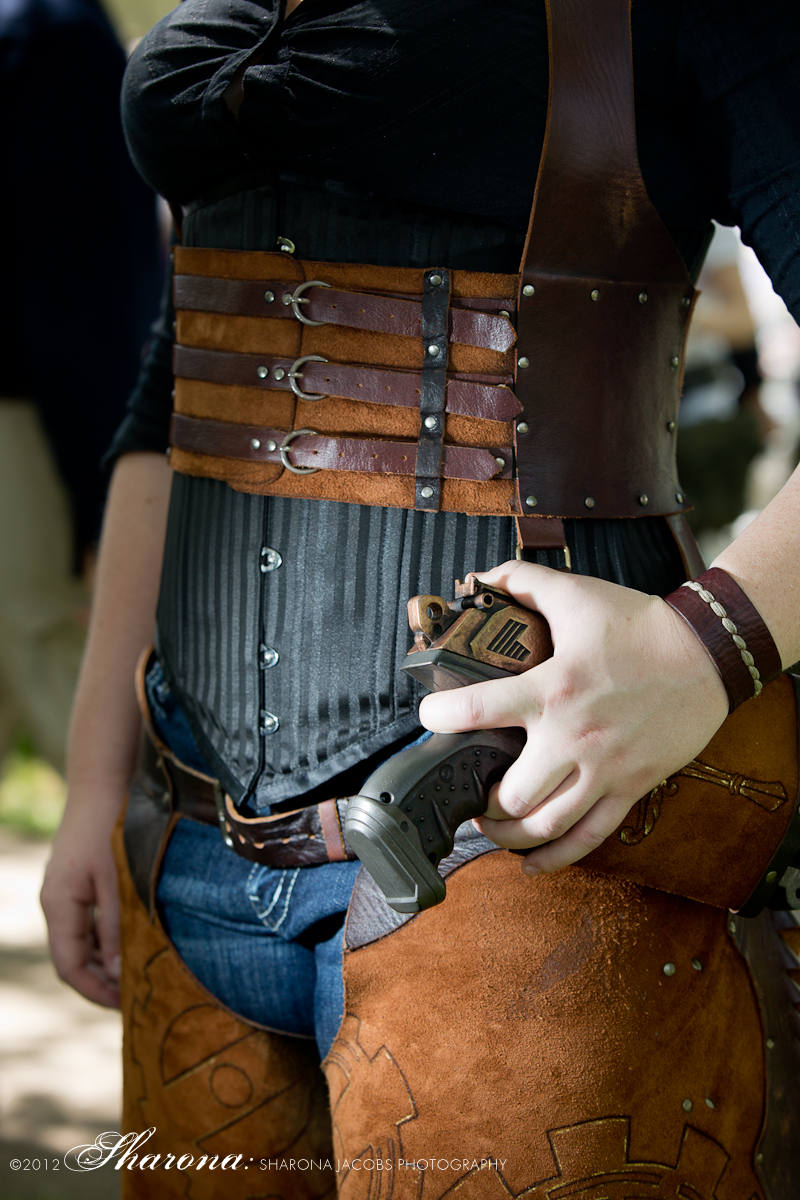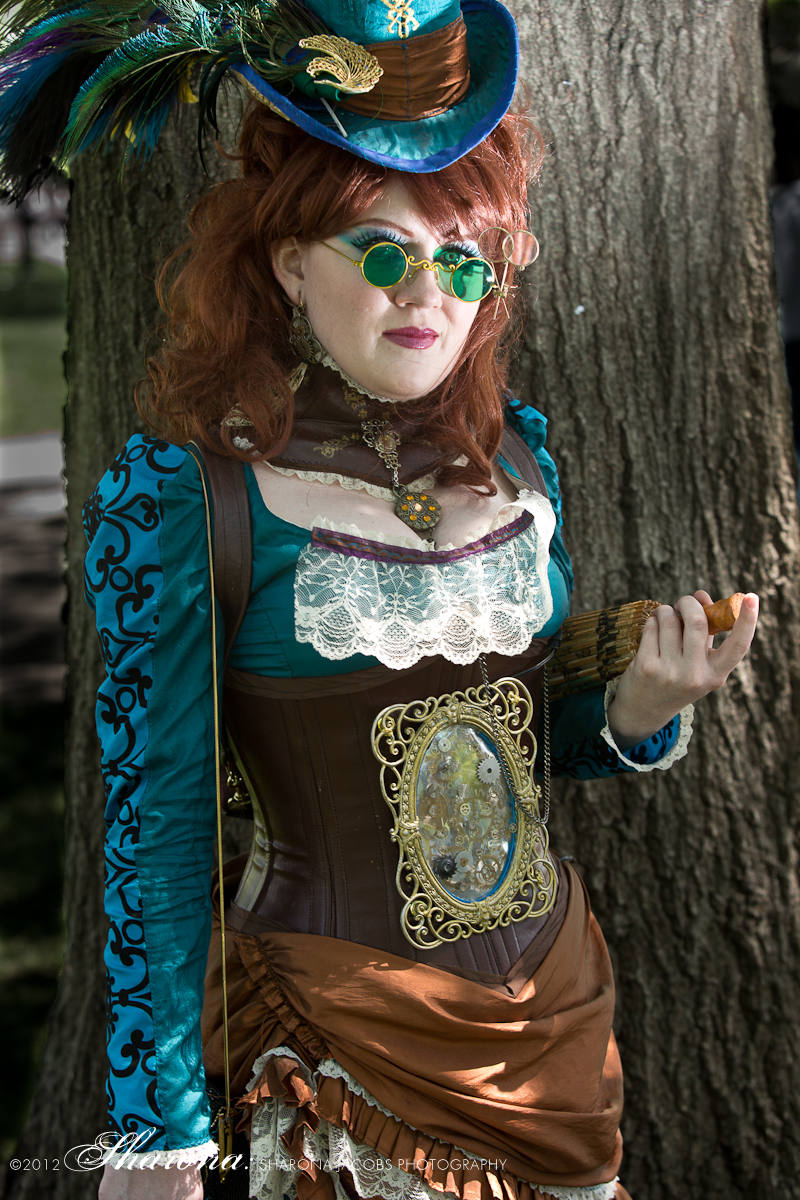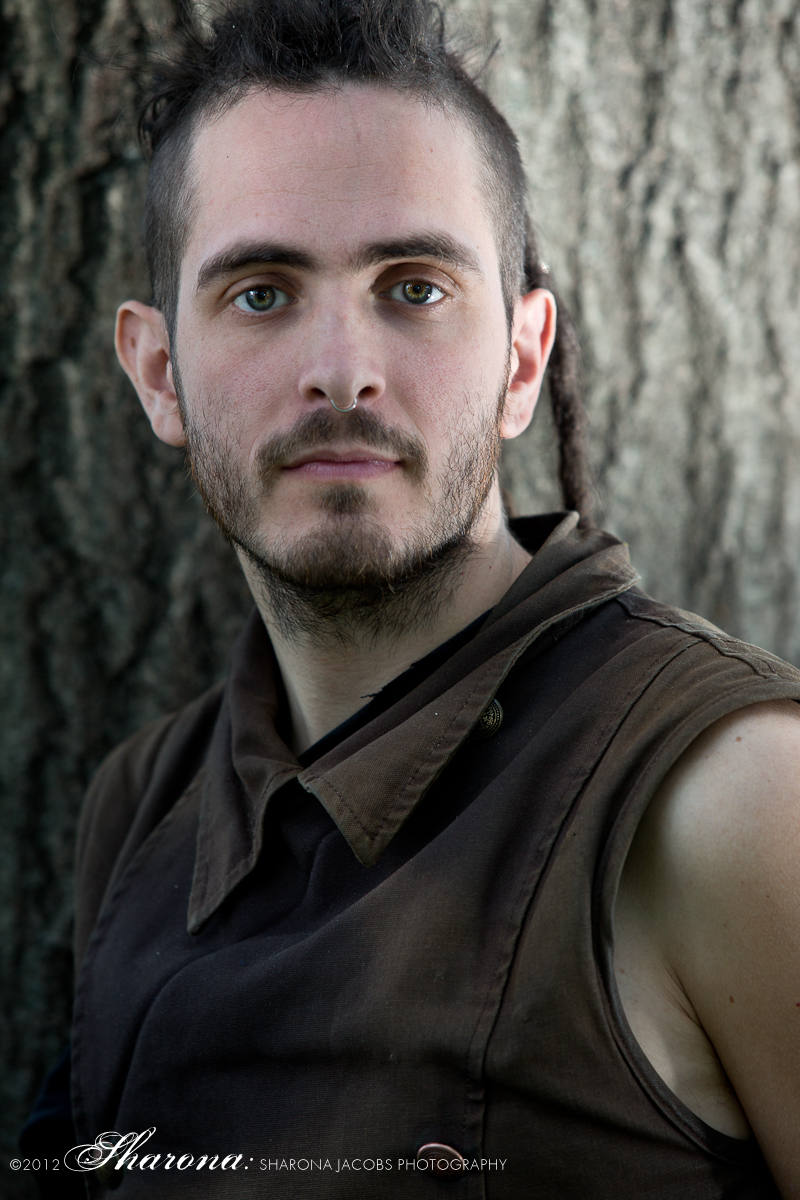I'm embarking on a new project to create portraits of some of Boston's most talented artists and authors. Each artist is interviewed and then documented in the space that they work in, or a space inspired by their work. The goal of the project is to reveal through the photographs a real sense of the artist, to tell their stories visually and through narrative, and to gain an understanding of where their work comes from.
 The first artist I'm featuring is Somerville, MA-based artist Bradford Johnson. Brad's wonderful warm intelligence, wry wit, and good humor was a joy to be around, and spending time with him in his studio was delightful. His work is based on painting the people and places first captured by distant photographers (hmm, wonder why I like this guy?). One of his projects that I find most intriguing is entitled, "Tangible Dreams of a Dying Explorer", and it is based upon the real-life experiences of an Arctic explorer who perished more than one hundred years ago, but whose photographic film was discovered 30 years after the expedition's demise.
The first artist I'm featuring is Somerville, MA-based artist Bradford Johnson. Brad's wonderful warm intelligence, wry wit, and good humor was a joy to be around, and spending time with him in his studio was delightful. His work is based on painting the people and places first captured by distant photographers (hmm, wonder why I like this guy?). One of his projects that I find most intriguing is entitled, "Tangible Dreams of a Dying Explorer", and it is based upon the real-life experiences of an Arctic explorer who perished more than one hundred years ago, but whose photographic film was discovered 30 years after the expedition's demise.
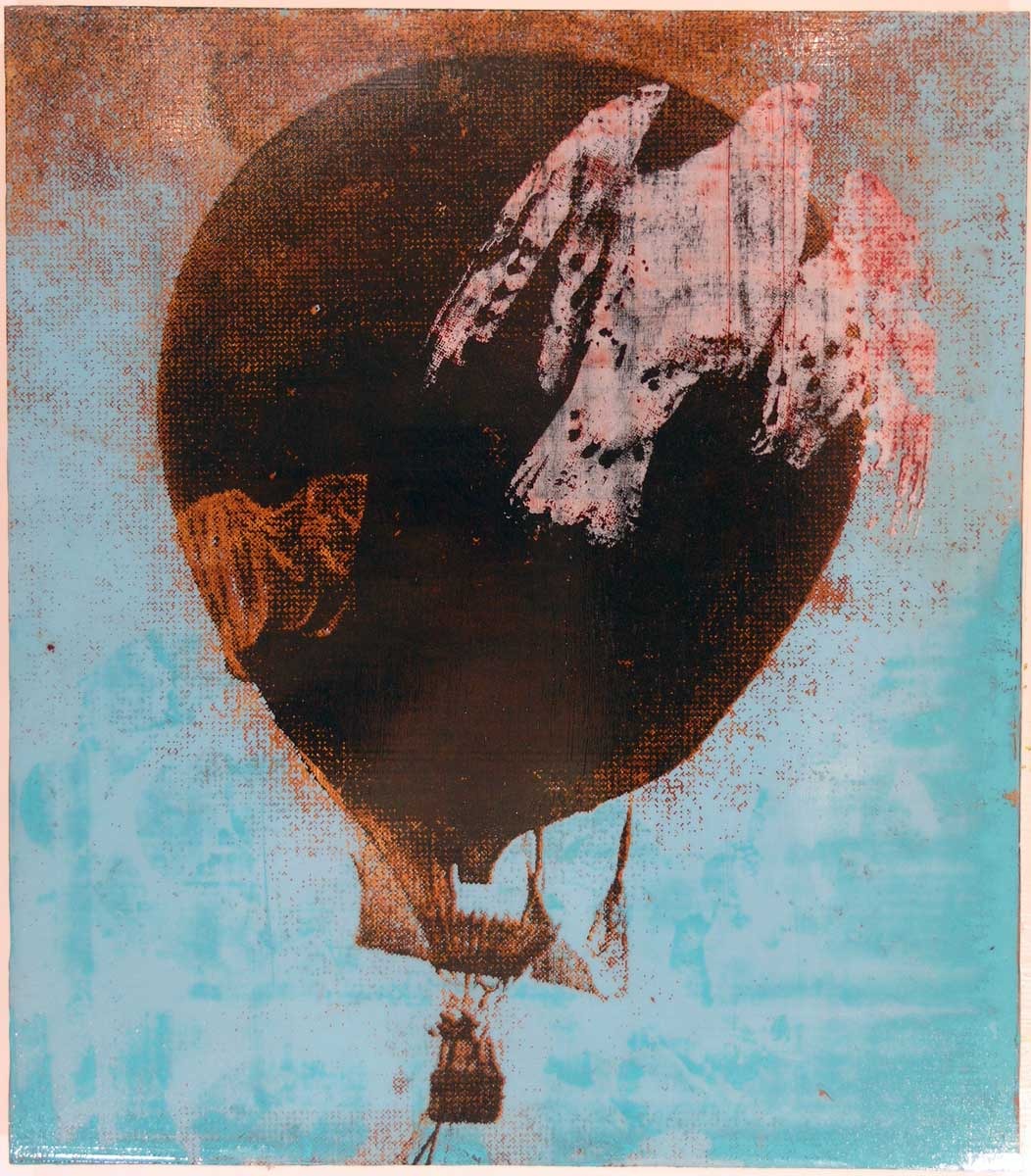
As Brad explains: "In 1897, on a barren Arctic island, photographer Nils Strindberg finally escapes the brutal cold when he slips into hypothermia. Shortly thereafter, he becomes the first member of S.A. Andree's Polar Expedition to perish. As Strindberg loses consciousness, he cannot know if his human remains or exposed film will ever be returned to civilization. His compatriots bury him in a rocky grave, and their demise soon follows his. Months earlier, in a daring attempt to explore the North Pole, Strindberg, Knut Fraenkel and Andree pilot a hydrogen balloon into the polar region under the flag of Sweden. Strindberg conscientiously documents key moments even when they crash far short of the pole and are forced to trek for months across the pack ice in an attempt to return home. The remnants of their final camp are discovered over 30 years after their deaths. Among the detritus returned to civilization are detailed diaries and 5 rolls of Strindberg's exposed film. 93 viable negatives are miraculously salvaged."

I photographed Brad in his studio, after chatting with him about how he was drawn to art, what he studied, how he defined himself as an artist, and how he combined his work with being a dad to two kids.

The moment he started to feel like an artist: Brad fell into art in high school - it was his sanctuary. Like many, high school was kind of a drag for him - he didn't really have any energy for the academics, but painting was something that drew him in. During his senior year when thinking about his future, Brad felt kind of lost, but his art teacher suggested that after graduation, he apply to RISD - the Rhode Island School of Design (one of the nation's top art schools) - and he got in.
Three words that describe Brad's work: "Narrative, material, hand-rendered."

But it wasn't easy: Sometimes its easy to doubt your own abilities. While at RISD, Brad felt like an imposter, despite his abilities, surrounded by other talented artists who were Artists with a capital A. He transferred to a small, vigorously academic liberal arts school, where he enrolled in the drama department, and found like-minded souls. But eventually, the visual arts kept calling, and he switched back to studying fine art, continuing his studies with a MFA from Hunter College in New York, where he lived for five years before moving to Boston to be with his wife.
Finally: "I'm an artist, finally, because I'm unsatisfied with any given answer."

Artist as adult: Artists are often considered solitary creatures, huddled in a garret somewhere, but artists merge into adulthood like those of us in more traditional professions, with all the responsibilities that entails. Brad has two children and a wonderful, supportive wife, Jackie. I asked Brad how the balance works for him, and how difficult it is to pursue his vocation while wrangling pre-schoolers. His response - "it's a whole lot harder, but doable", thanks to great childcare, and a wife with a more traditional employment situation. He also credits a network of fellow creative friends who bounce ideas and provide support for each others' ventures.



